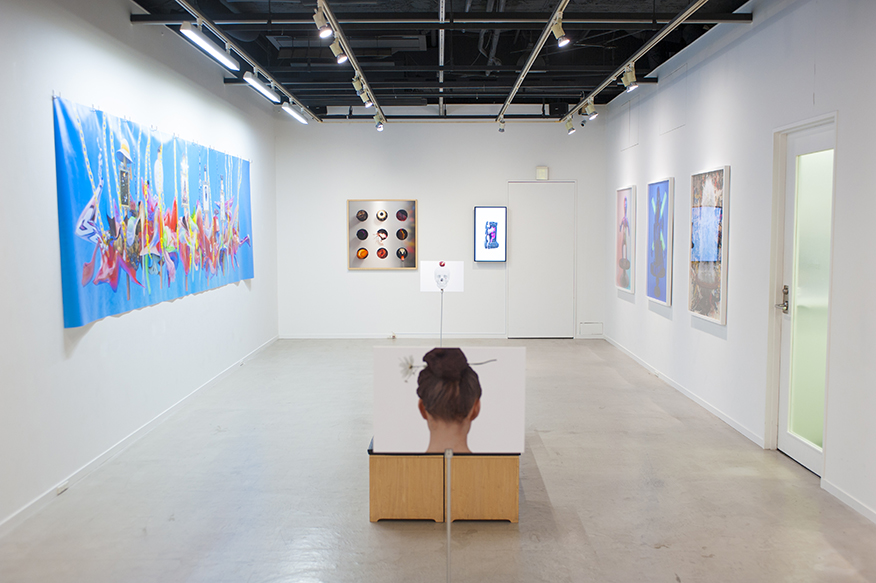
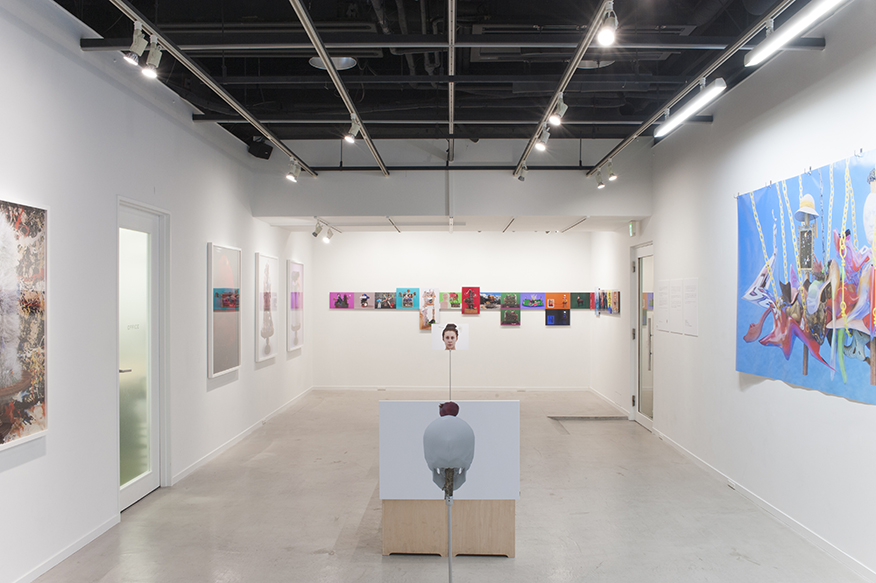
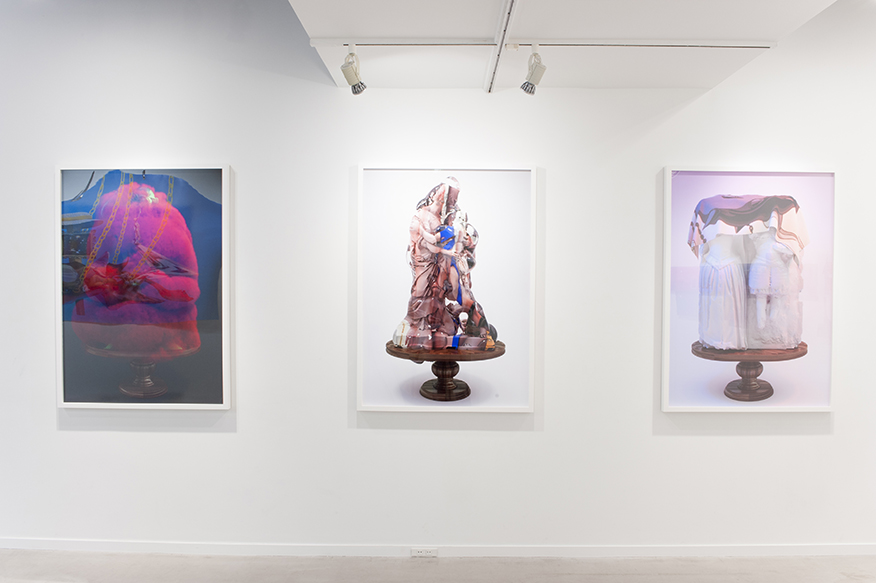
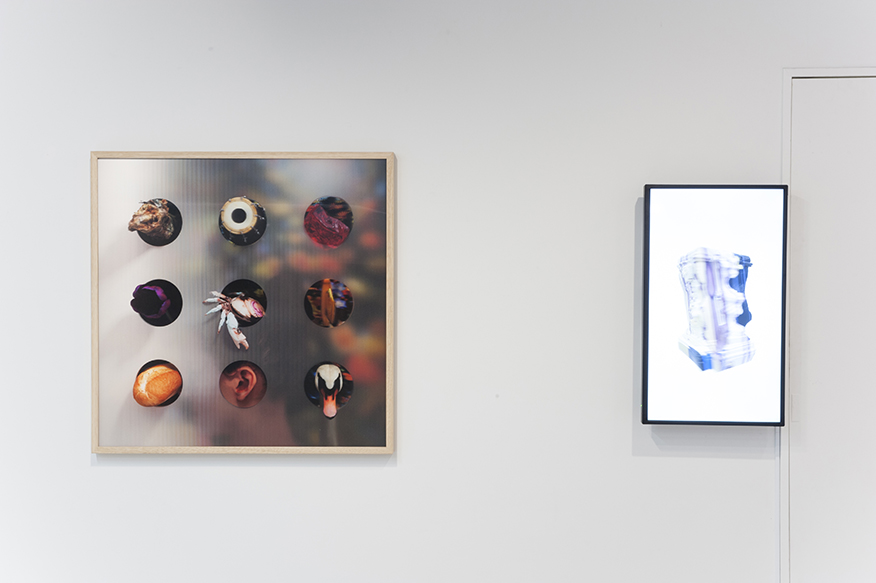
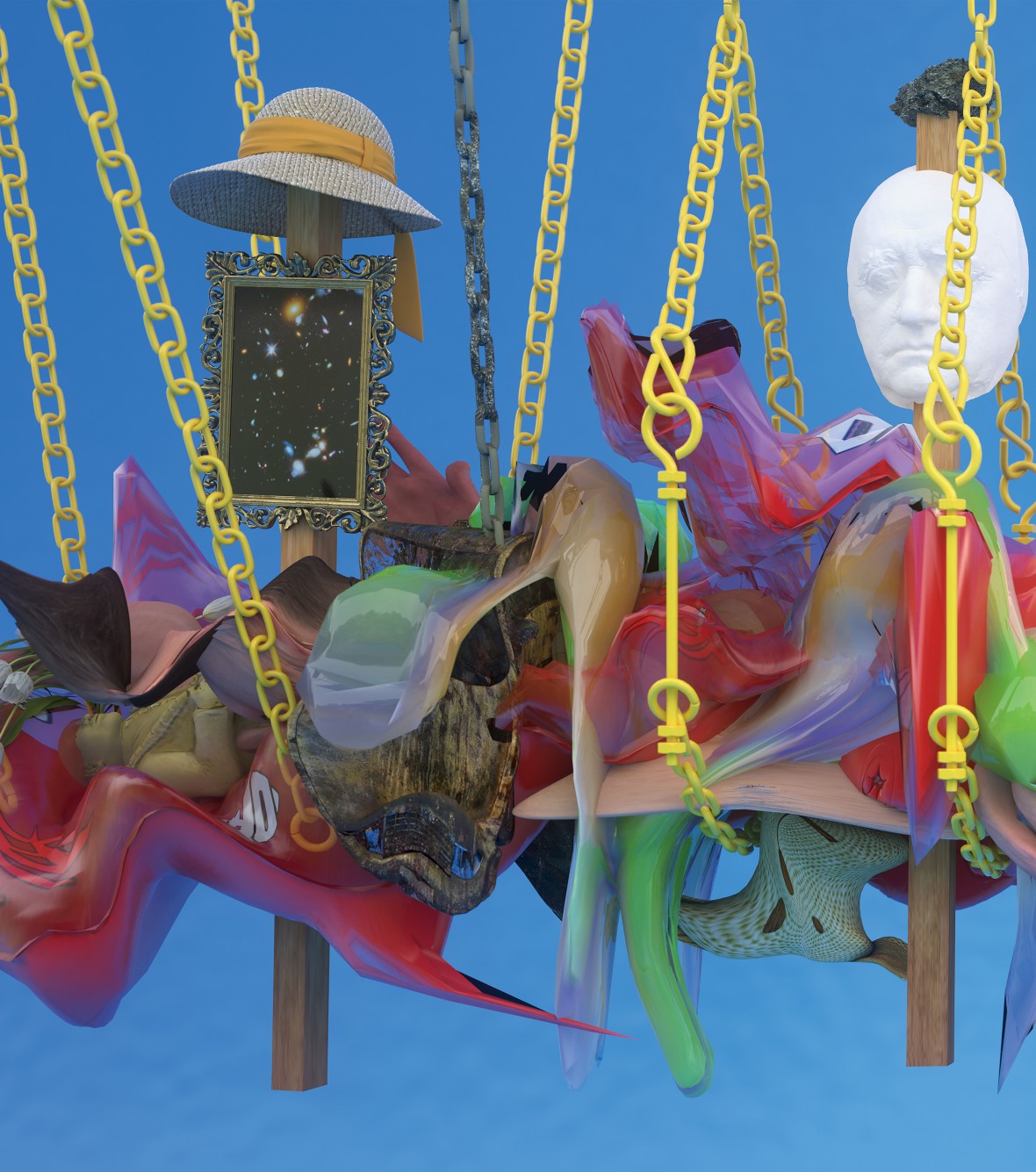
Hanged Man
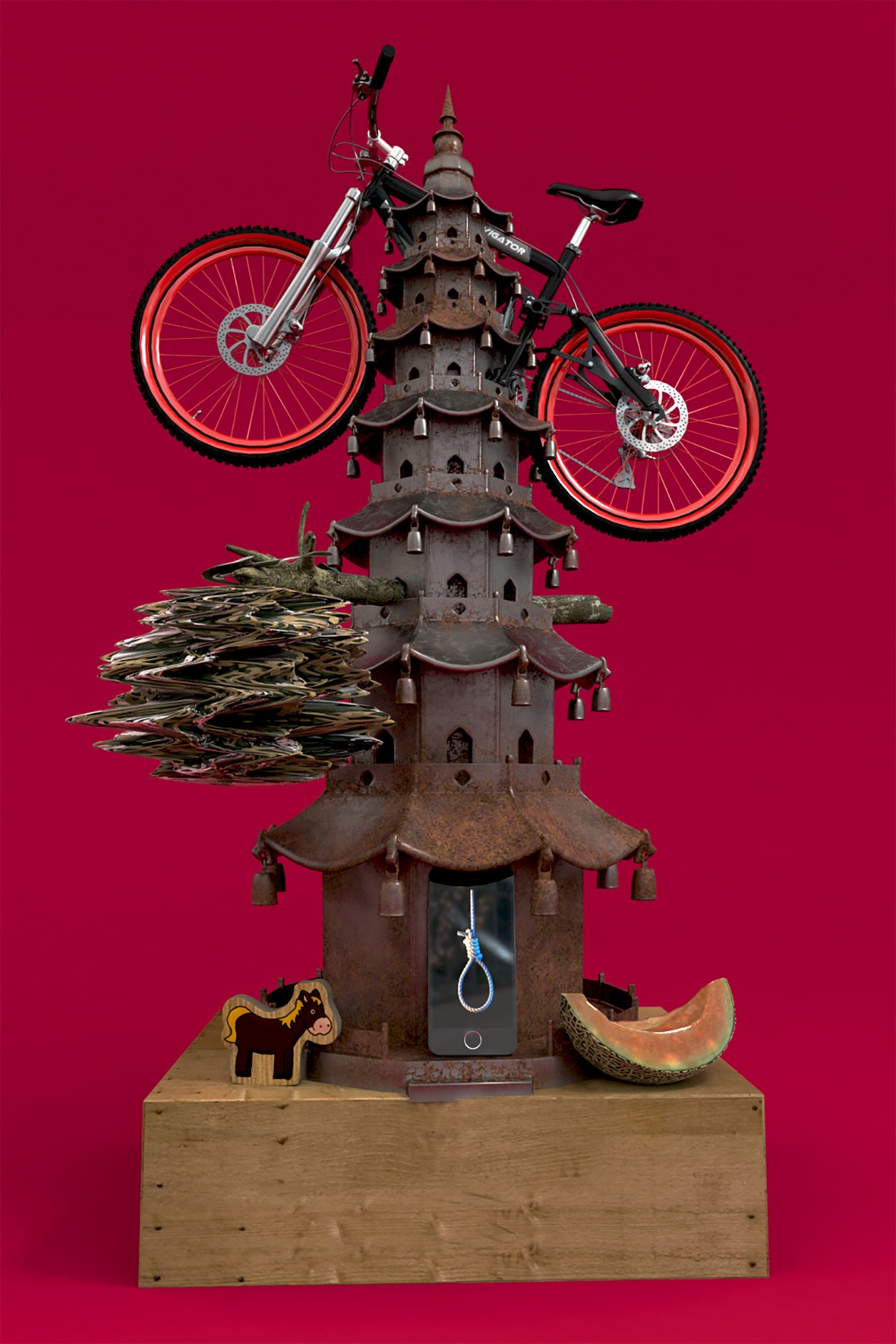
Tower
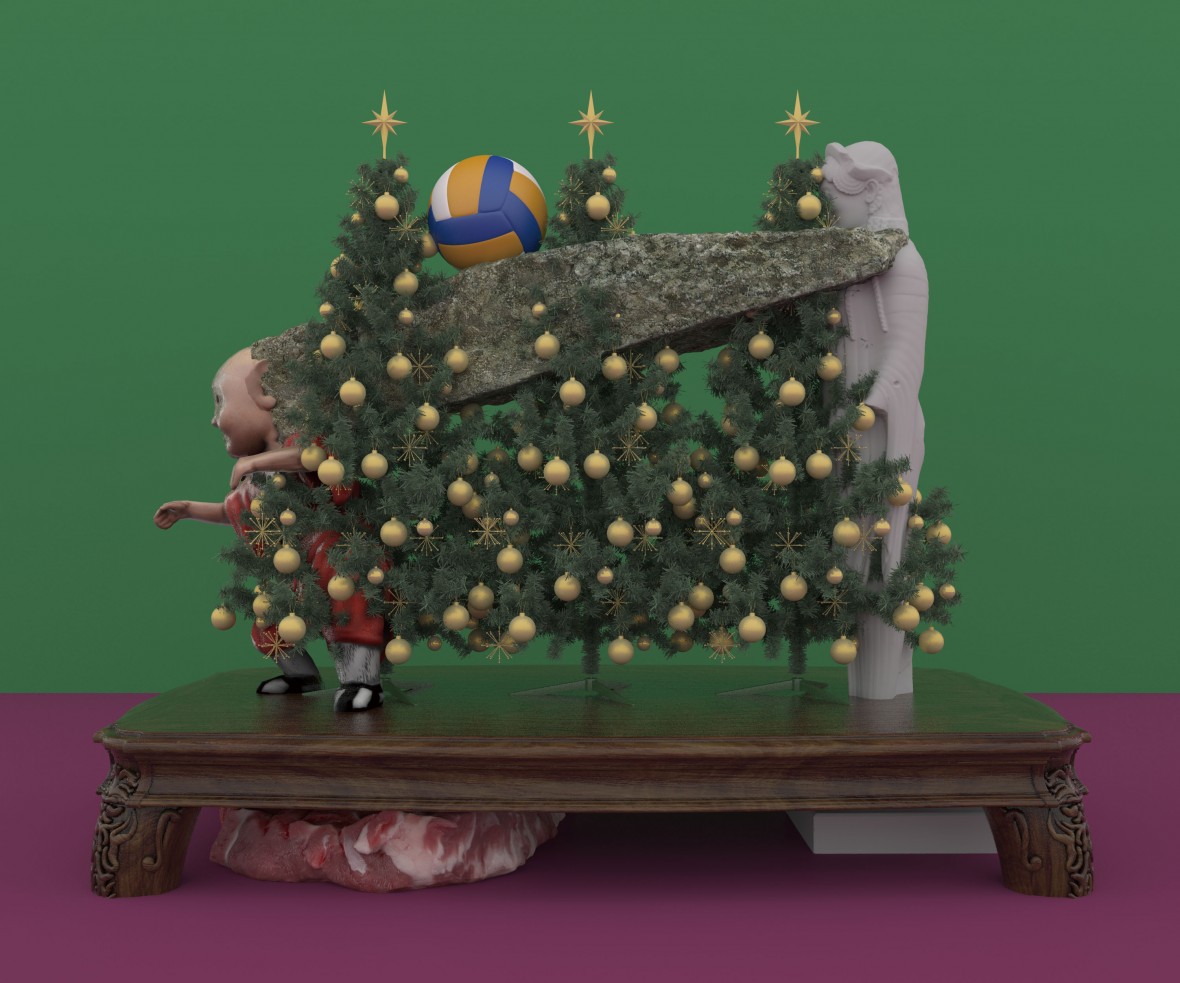
Hide
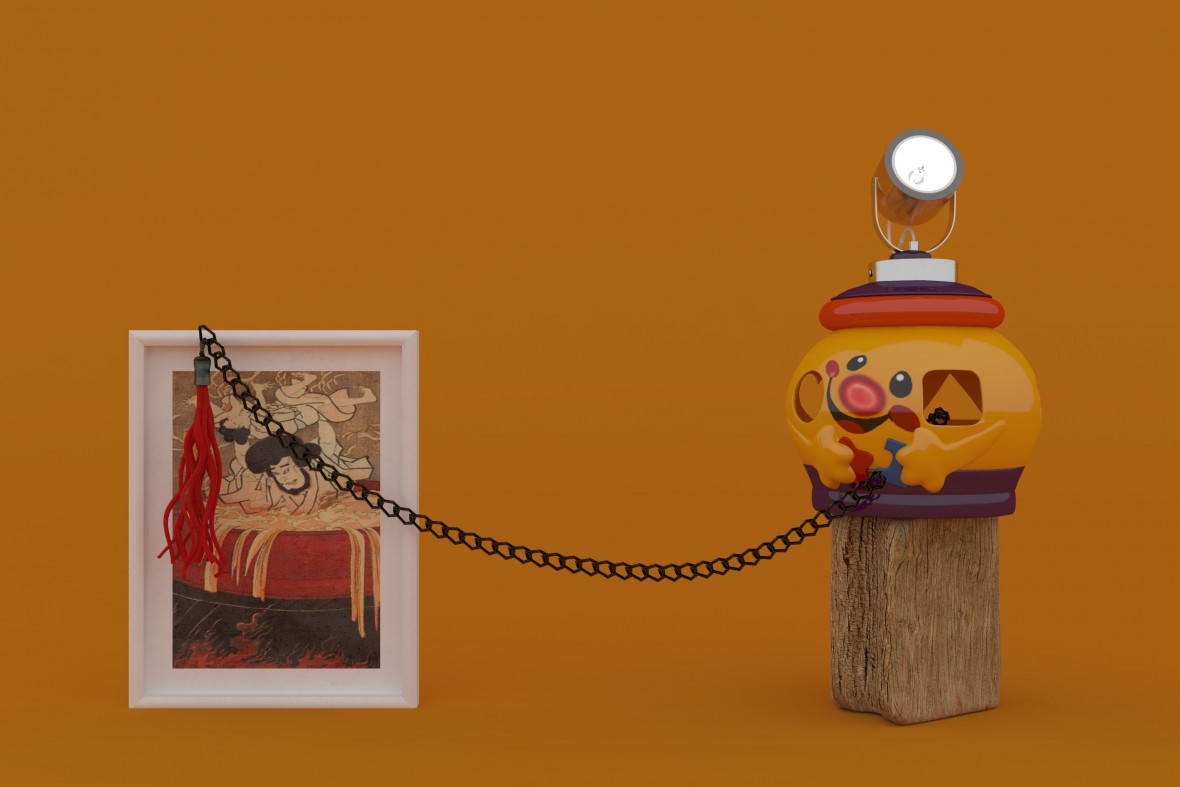
Baby trick
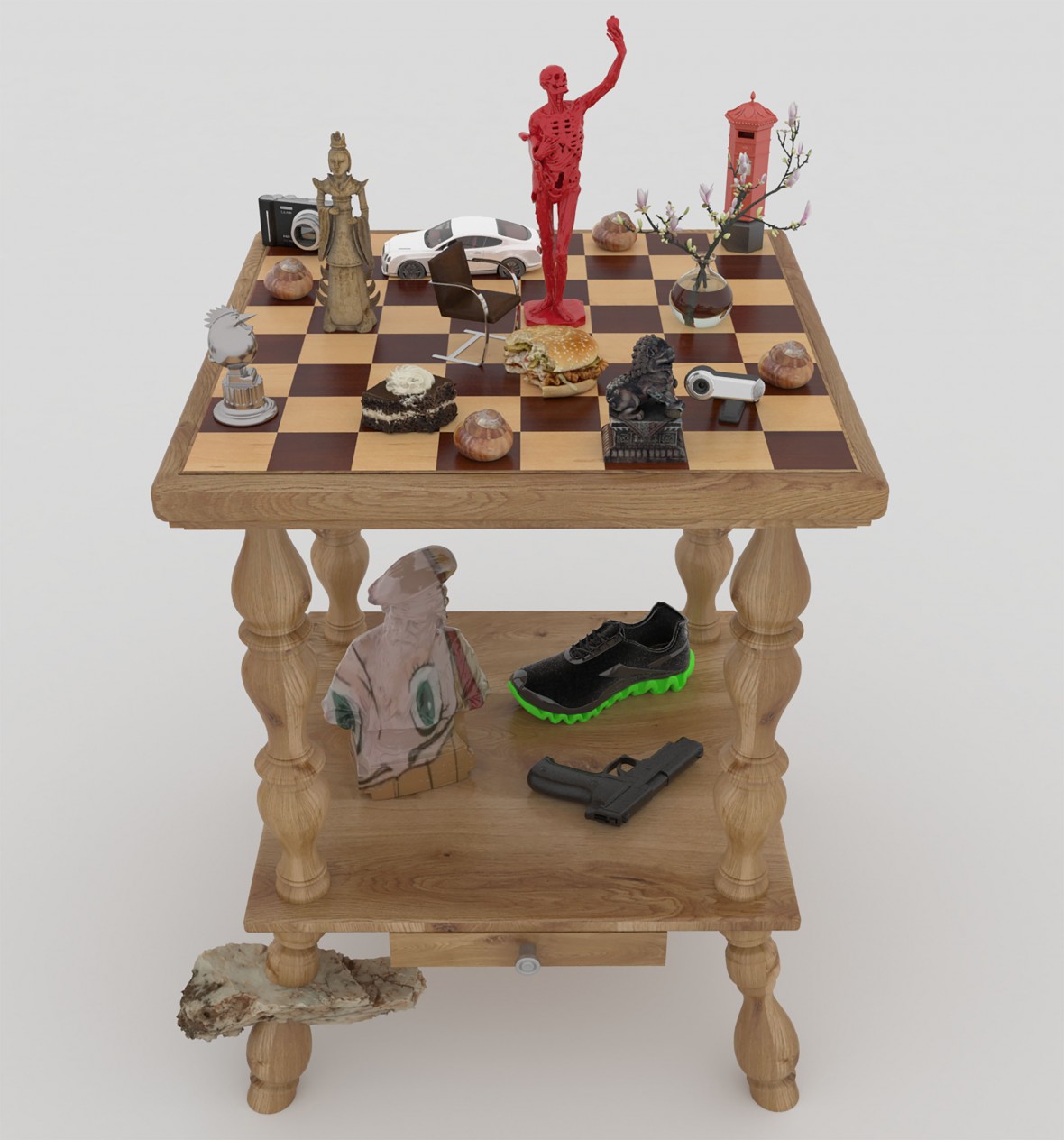
Wild view
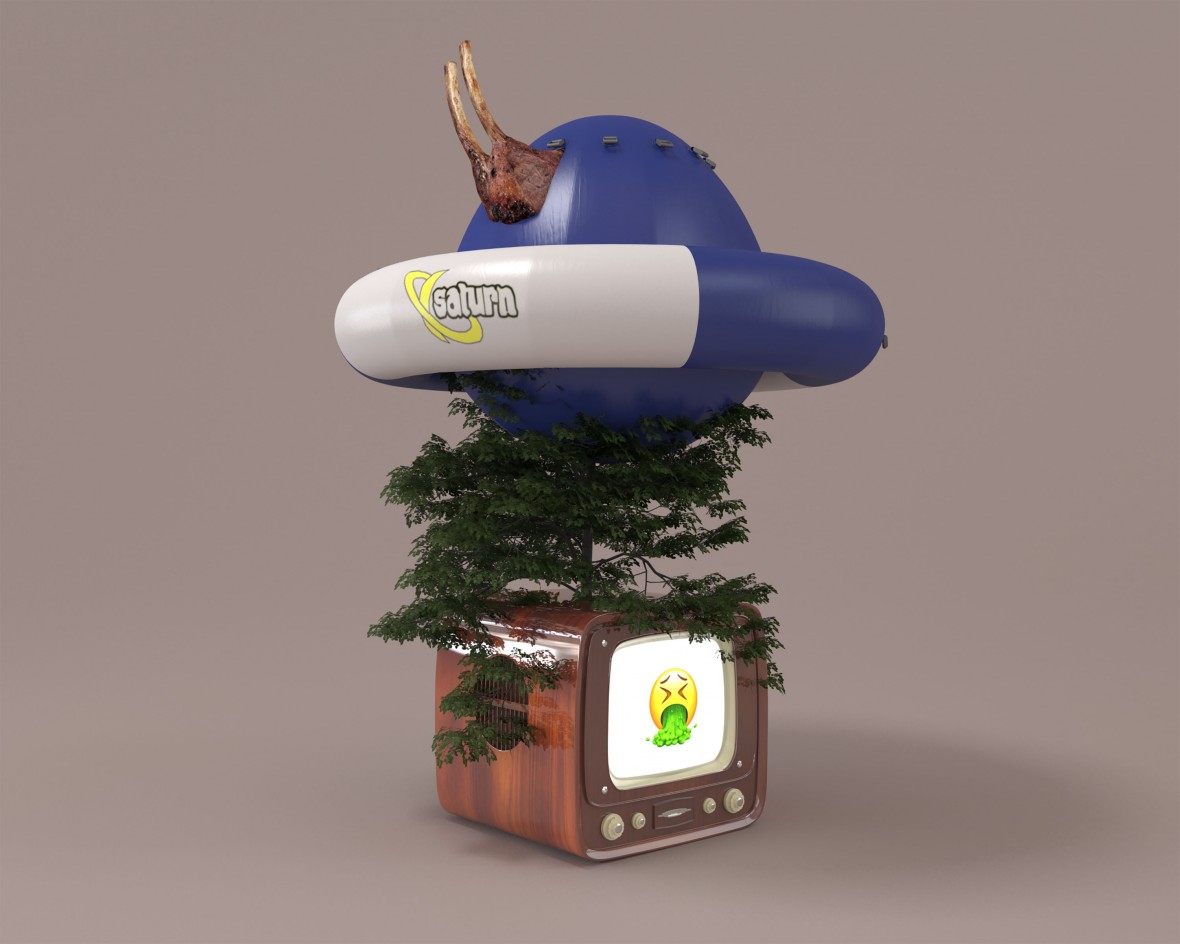
Saturn

The 18th “1_WALL” Graphics Competition Grand Prize Winner
Naoya Hirata won the Grand Prize in the 18th “1_WALL” Graphics Competition for his trio of works titled “Demon,” “Space Ship” and “Royal Drive.” In each, Hirata took 3D data from the Internet and assembled it into a visual sculpture existing in virtual space. The judges especially applauded Hirata’s outstanding level of achievement and unique point of focus.
At university Hirata majored in Sculpture, and it was at that time that he began fashioning works from 3D data and images freely collectable in limitless quantity on the Internet, rather than using expensive sculpture materials. With this collected data, Hirata makes what he views as “sculptures in virtual space”: the imaginary spatial realm in his computer as defined by him from numerical values such as gravity.
For this solo exhibition, Hirata has put together new works based on his personal “grammar,” using such 3D data as animals, plants, furniture, ornaments, and bicycles and the like. His objects in virtual space, trimmed and printed on paper as though from a photographic perspective, bring into sharp relief the relationships between reality and virtual reality, and between the two- and three-dimensional.
Visitors to the gallery will surely enjoy exploring what Naoya Hirata has newly created for his solo show a year after winning his Grand Prize. A talk event featuring Hirata and graphic designer Atsuki Kikuchi will take place on January 17 (Thurs) on the theme of sculpture and graphics. All visitors are warmly welcomed.

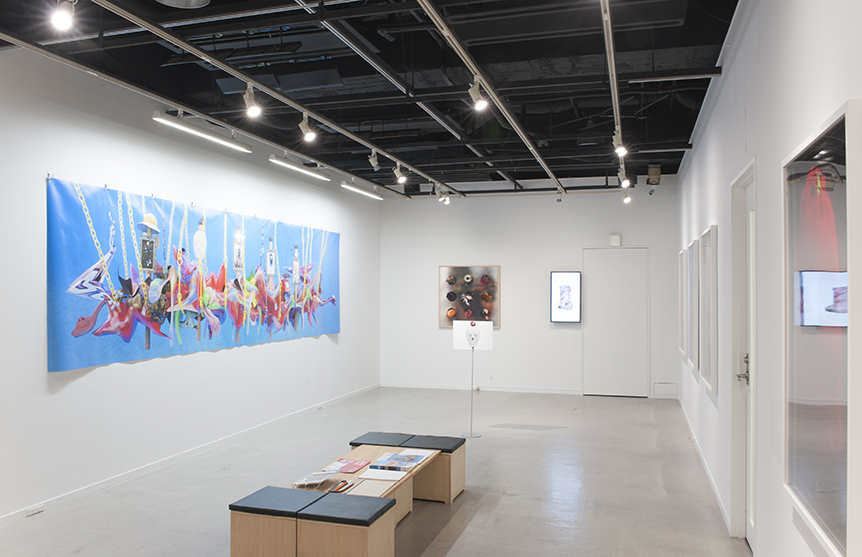

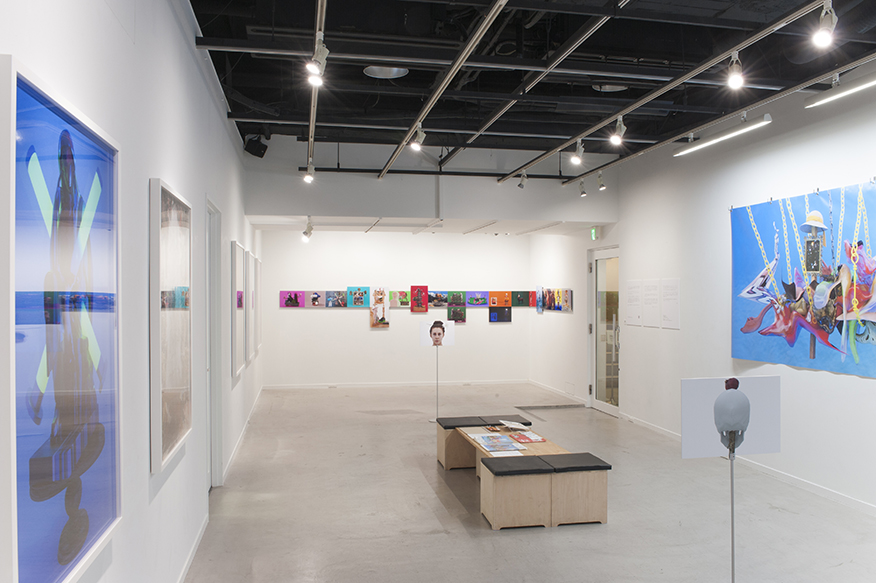
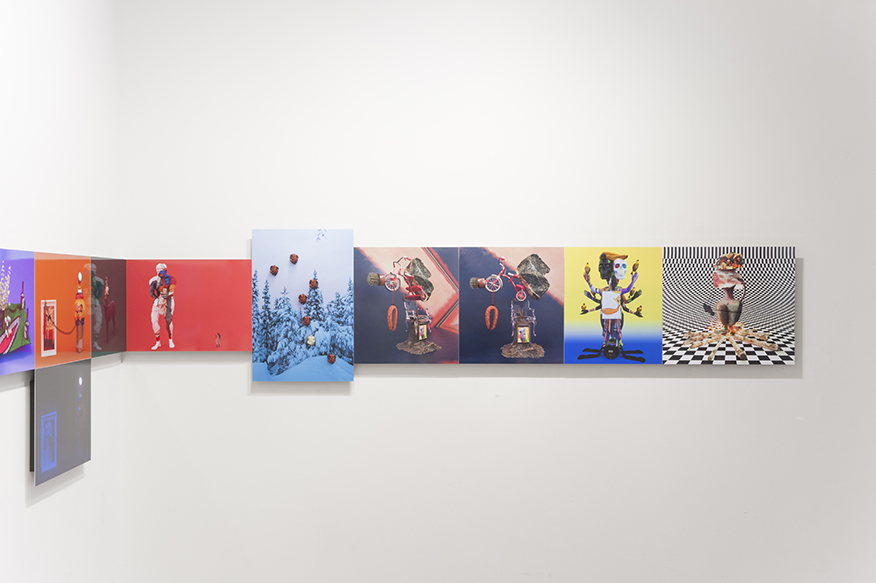
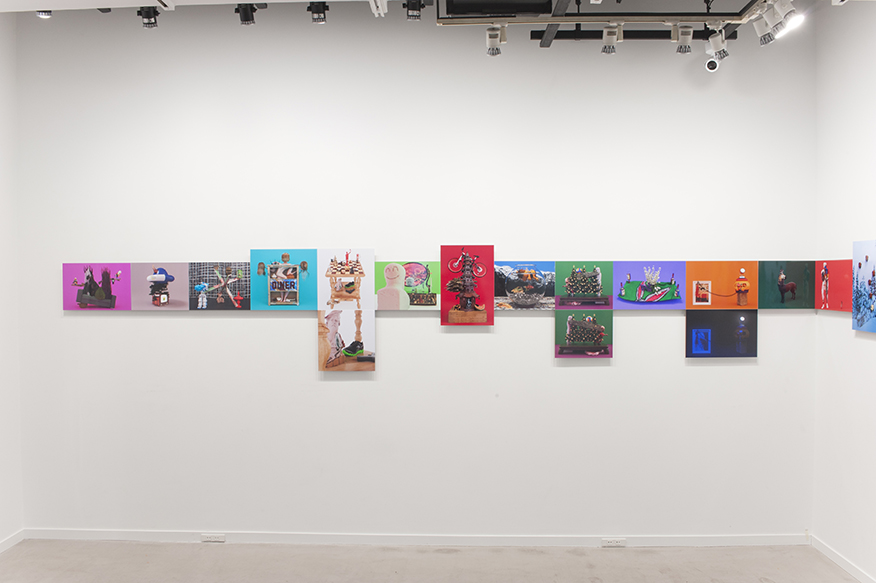

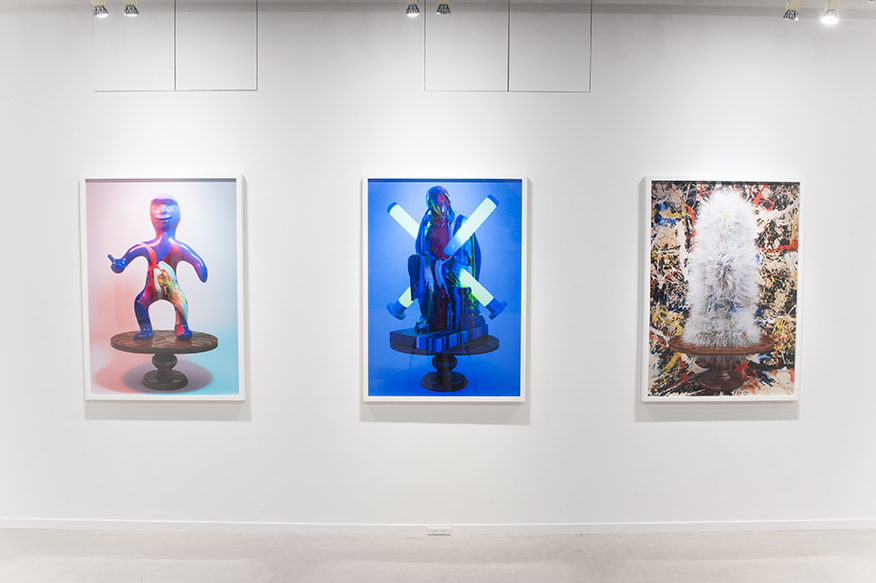

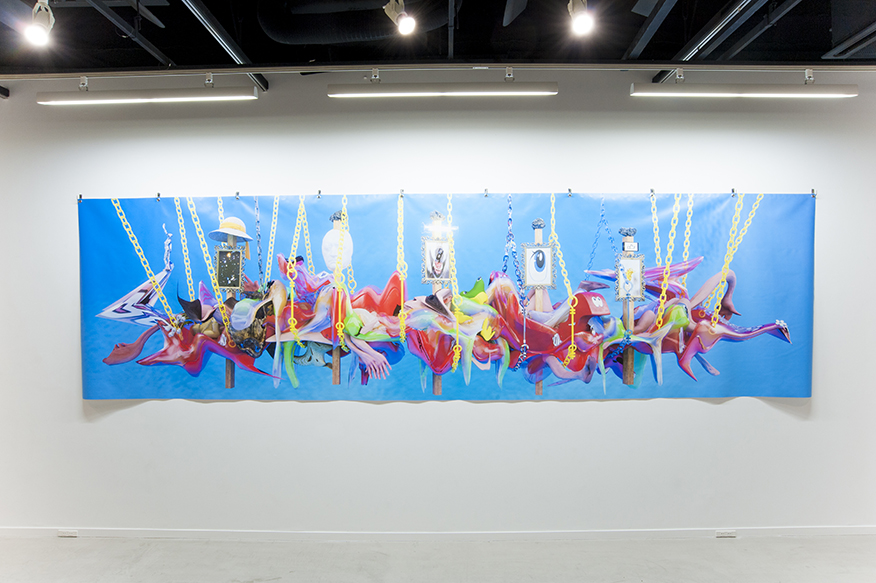
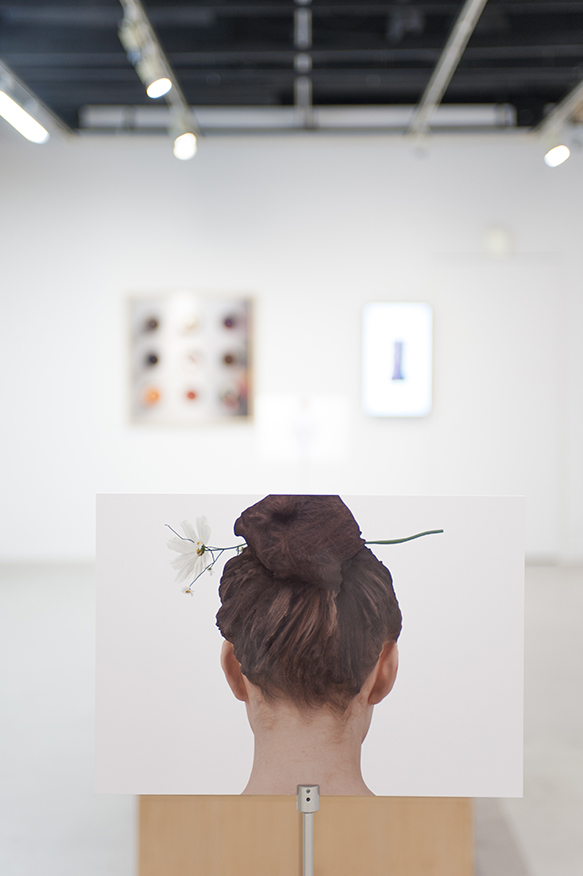
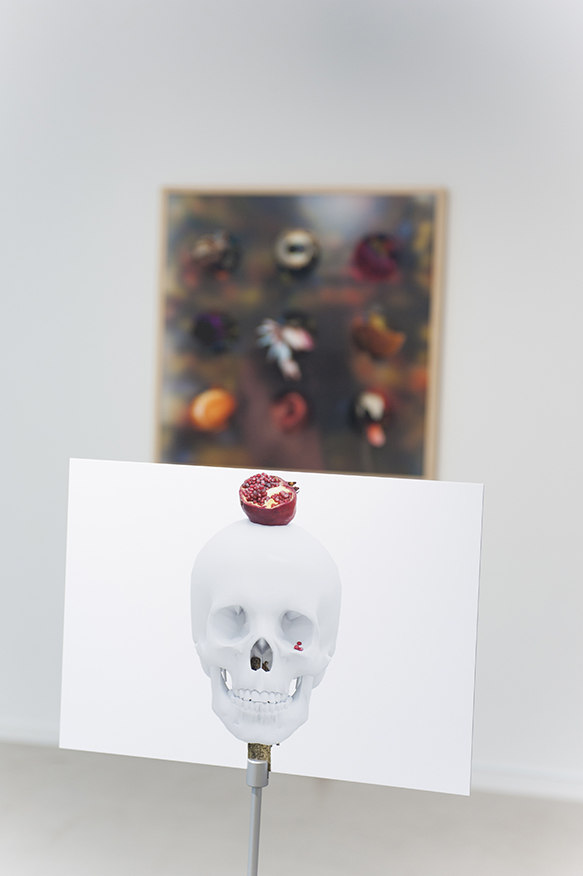
PREV
NEXT





Hanged Man

Tower

Hide

Baby trick

Wild view

Saturn
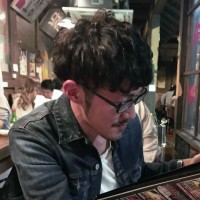
Message from the Artist
When I compare the image of myself as an artist that I envisioned long ago with what I am today, I wonder how I turned out this way. Nonetheless, I’m getting to feel quite at home in my current style: constructing sculptures in “virtual space” as if to confirm where they exist.
Looking back, from the time I was small I grew up surrounded by the Internet and digital games. Maybe it was inevitable that today I’d be creating things completely immersed in the virtual realm.
Recently especially, I’ve come to have lots of virtual experiences everywhere, and increasingly I feel more and more comfortable perceiving reality in such things. When I’m watching a live stream of somebody playing a game on YouTube, for example. Or when I’m watching a B-grade movie on Netflix that’s been recommended to me by machine learning. Or when I’m watching a video of somebody cooking something I have no interest in when it randomly comes up on Instagram.
Everything happens in this endless lovable prison, and every “thing” inside it is amusing and has no smell of death. “Where is this prison?” I ask myself, just for the heck of it.
Naoya Hirata
Message from One of the Judges
Nowadays, talking in exaggerated tones about “virtual realms” or “virtual reality” can somehow make us squirm, so common and normal has the space on our computer screens become to us. The existence onscreen of forms one could hardly describe as useful is a good thing. Reality wouldn’t be reality without the presence of useless things. Things created not for any useful purpose but merely out of compulsion or for shock value on occasion upset our ordinary, sound powers of judgment. Rather than clear answers, in the end it’s more interesting when we encounter things that arouse fuzzy doubts.
In that sense, the 3D data sculptures of Naoya Hirata are full of elements to perplex us. Why does he use readymade materials? Why do they have gravity-based structures? Why are they symmetrical? And what would be wrong with using real things?
Judging from the size of the readymade everyday items Hirata uses as his materials, since the normal size of a sculpture would be between 1 and 2 meters and he intends to place them on something, when viewed on a monitor they look like photographs documenting works that actually exist. Their parody-like virtuality constitutes part of what makes them interesting; but what about in the context of a gallery space where actual objects are normally displayed? What I find especially interesting is how Hirata will market these works—physically, as information, and in economic terms.
Atsuki Kikuchi(graphic designer)